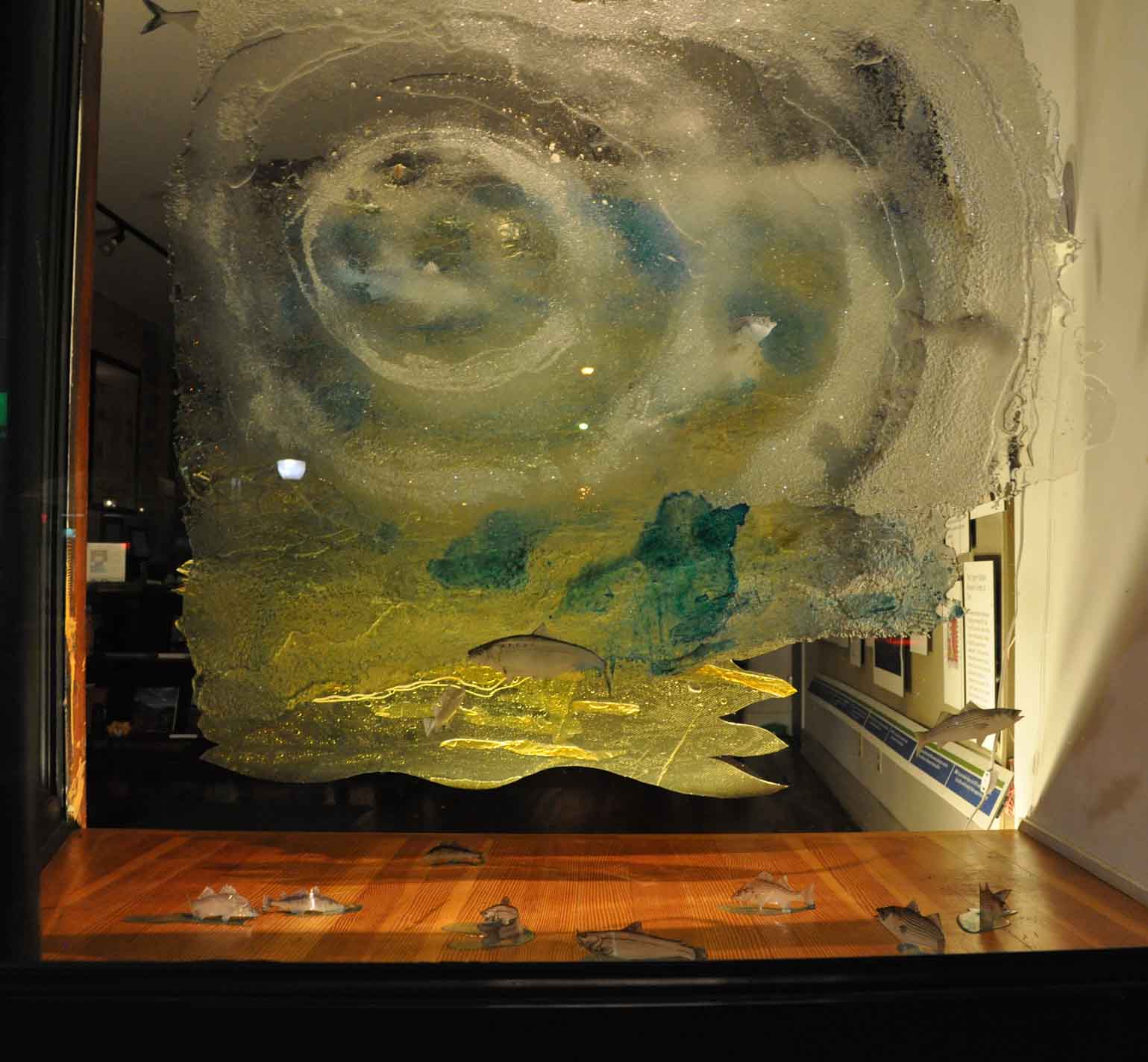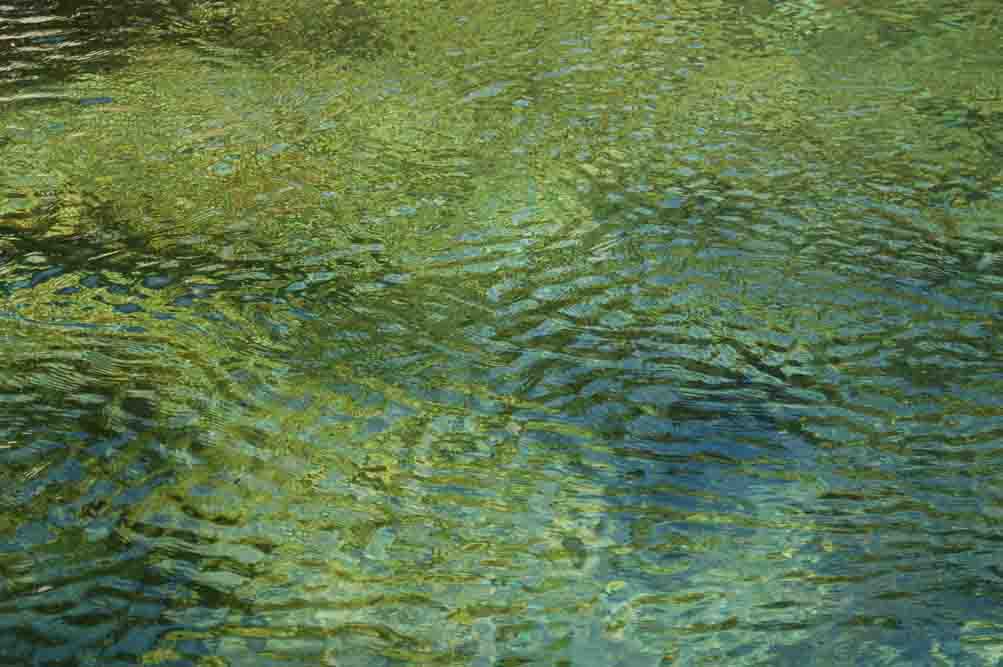
Carla Goldberg, “It’s All About the River,” 2009
— “ecoartivism”; Pronunciation: ēko’ar –ti,- vi-zəm; Function: noun
The practice of using art as a tool for the advocacy of the preservation, restoration, or improvement of the natural environment; especially: the movement to control pollution.
— “eco·art·iv·ist”; noun or adjective
While all artists are meaning-makers of the world in which we live, those that I refer to as “ecoartivists” use their artistic expression to connect the rest of us to the environment, which we all too often take for granted. In addition to the need for self-expression, these artists find they have a calling to protect and care for the physical world we inhabit.
During college in 1992, while living for a semester in London, I was inspired by an ecoartivist. On the way back to my flat, I walked by an outdoor exhibit at the Natural History Museum of large-scale photographic prints by Yann Arthus-Bertrand, which were mounted on twelve-foot high posts. Next to each gorgeous landscape image was a poster of equal size, with a fact in bold type about the negative effect humans are having on the part of the world that was pictured. As a photographer, I found the work to be breathtaking; as a human, I found the facts about how we are damaging the earth to be enraging.
Carla Goldberg is a local ecoartivist. This past week, she came into my classroom and spoke about her mixed media paintings, which combine acrylic and oil paint with objects in layers of resin. She described her current installation, It’s All About the River, which highlights fish that are in danger of becoming extinct in the Hudson River. Carla’s work is both evocative and powerful. Through this installation, she is raising awareness of the pollution that exists in the river. Carla inspired me to research and share with my students information about power plants that use outdated cooling systems, which pollute the river daily. My students, in turn, were inspired to create their own art about these fish and will be mailing these works to the governor of New York state, hoping to encourage him to act.

Student work – Unit inspired by "Earth From Above" installation by Yann Arthus-Bertrand
As an art educator, I try to challenge myself to make lessons that go beyond introducing an artist and asking students to copy his or her work. However, when I create lessons that teach the way art is made, I note that artists are often inspired by one another. I try to engage my students to make their own meaning and share their personal interests and expression. Years after seeing his work, I created a unit inspired by Arthus-Bertrand’s Earth From Above series, where students are first introduced to his work and then are given time to research environmental issues. They complete a fact sheet of information about a number of issues and then choose one on which to focus. They create a fold book that turns itself into a freestanding house. On the outside walls of the house are mixed-media collages created by the students to accompany three facts about their issue of choice. One student focused his work on acid rain, while another created art about pipelines leaking oil into the ocean. While I borrow the idea of using eco-facts paired with powerful artwork from Arthus-Bertrand, I also introduce a new technique of mixed media collage and make sure that the students do their own research and decide which issue interests them the most. In this way, their work becomes more personal, powerful, and true.

Stacey Ward Kelly, “Kings Canyon," 2007
As both an artist and an educator, I believe in and practice ecoartivism, and I feel both a personal and professional responsibility to share with my students who I am and what I do. While I use my own interests and artwork to influence my students, I allow them opportunities to have their own voices heard through their art. This is not to suggest that my teaching covers only concepts and ideas that I personally am interested in, but when it does, it’s always the best teaching I do.
Like curators, one of the things we all do in trying to make sense of “what artists do,” is to label them into categories and groups. Ecoartivists are also artists, who create work and use art to make sense of the world. While they may use some or all of their art to inspire people to better care for our natural resources, their responsibility to do so is a self-driven pursuit. What they all do in being ecoartivists is shed light on the collective responsibility of us all to step up, get concerned and enraged, and they activate us through the power, the beauty, and the poignancy of their art.
Stacey Ward Kelly is an artist and art educator in Beacon, New York.



Pingback: What’s Cookin at the Art21 Blog: A Weekly Index | Art21 Blog